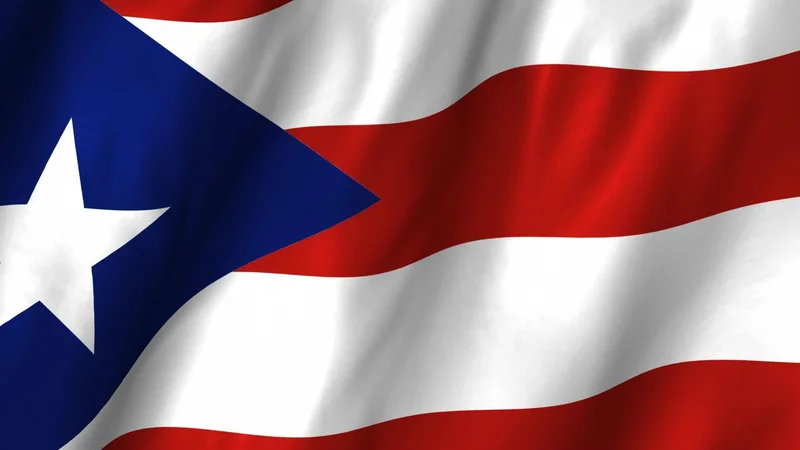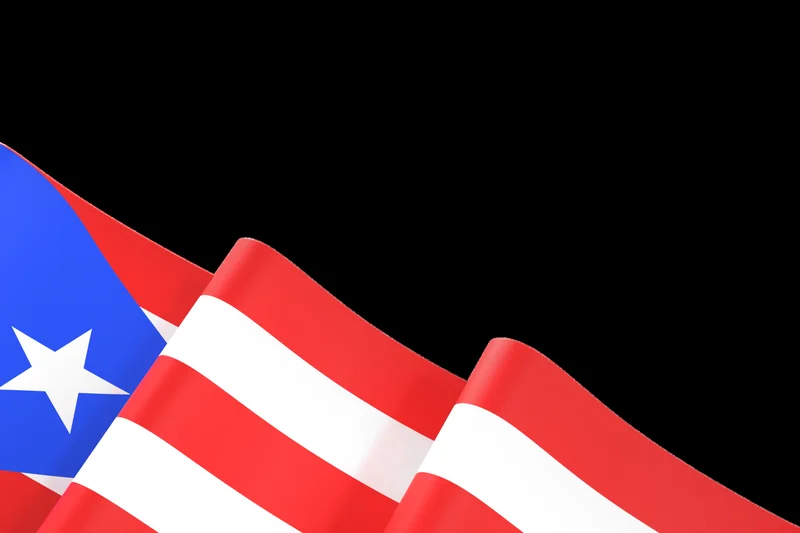Article Directory
There are two stories being told about Puerto Rico right now.
The first is a romance. It’s the story of Sarah and Paul, two biotech professionals who, 17 years ago, cashed in their stock awards, fled the Southern California corporate matrix, and bought a 15-acre farm in the mountains of Utuado. They traded their alarm clocks for the sound of chickens and their six-figure salaries for a life of raising goats, consulting on tropical agriculture, and earning the honorific "Doña" from their neighbors. It’s a narrative of escape, authenticity, and finding a home in a place that values community over conformity. It’s the story many people want to believe in.
The second story is a balance sheet. It’s a story told in airport passenger logs, real estate listings like Puerto Rico’s Most Expensive Home Just Hit The Market: See Inside, and tax code addendums. This story features a $65 million oceanfront compound in a Ritz-Carlton complex, a property that, if sold, will more than double the island’s previous real estate record. It’s driven by a piece of legislation known as Act 60 (officially the Puerto Rico Incentives Code), which offers staggering tax breaks to wealthy individuals who spend at least 183 days a year on the island. This narrative isn’t about finding a home; it’s about establishing a tax residency.
For years, these two stories coexisted, even seemed to complement each other. But a close look at the most recent data suggests a divergence—a fundamental decoupling of the island’s economic realities. The question is no longer which story is true, but whether one is beginning to consume the other.
The Canary in the Terminal
Let’s start with the flow of people, the most basic indicator of demand. Recent data on how Puerto Rico Passenger Traffic Growth Slows in Third Quarter presents a subtle but critical warning sign. Overall passenger traffic grew slightly, just over 1%—to be more precise, 1.1 percent year-over-year. A positive number, but the lowest growth in several years. The devil, as always, is in the segmentation.
International traffic from outside the United States was white-hot, up 11.7%. But domestic traffic, the core market composed largely of mainland Americans, grew by a paltry 0.5%. This is a statistically significant stall. For an island that has ridden a wave of post-pandemic tourism, a flatlining of its primary market is a serious anomaly. Why is the average American traveler’s interest cooling while international and, presumably, high-net-worth travel, continues to boom?

One could speculate about competition. As the source material notes, flight prices to other Caribbean destinations have been falling, eroding Puerto Rico’s long-held advantage as a relatively affordable getaway. But I suspect there’s a deeper correlation at play. The same economic forces driving the sale of $65 million homes are likely contributing to the rising costs that make the island a less attractive proposition for the median American family. The "Island of Enchantment" may be pricing out its own core audience. This is the part of the data that I find genuinely puzzling: the simultaneous cooling of one market and the overheating of another. It’s not a typical economic pattern.
This isn't just about tourism numbers. It’s a signal about the island’s identity. Is Puerto Rico a destination for the many, or a haven for the few? The airport data suggests a pivot toward the latter is already underway, whether by design or by consequence.
Two Economies, One Island
The story of the farmers in Utuado and the story of the Dorado Beach Ritz-Carlton compound are not just different lifestyle choices; they represent two entirely separate economic ecosystems operating on the same small island. It’s like having a slow-and-steady utility stock and a hyper-volatile cryptocurrency trading on the same exchange. They may share a ticker, but their fundamentals, their investors, and their futures have absolutely nothing in common.
The first economy is the one Sarah and Paul inhabit. It’s rooted in the land, in small business, in community integration, and in rebuilding after disasters like Hurricane Maria. Its growth is organic, incremental, and tied to the island's actual productive capacity. It’s the economy of agriculture, local services, and authentic cultural exchange.
The second economy is an artificial construct, engineered by Act 60. The demand for a $65 million mansion with a private movie theater and onyx countertops is not driven by a sudden, island-wide surge in prosperity. It’s driven by a tax incentive powerful enough to lure crypto entrepreneurs and duty-free magnates into establishing residency. This creates isolated pockets of hyper-inflation. A decade ago, the most expensive home on the island was $2 million. Today, a single property is listed for more than 30 times that amount. I've analyzed market distortions caused by tax policies before, but the sheer velocity of Puerto Rico's high-end real estate inflation is an outlier.
This isn’t organic growth; it’s a capital injection into a very specific, very narrow segment of the market. The problem is that this second economy creates significant externalities. It drives up land values, increases the cost of living, and can strain resources, all while its benefits are concentrated among a tiny, transient population. The farmers in Utuado and the financiers in Dorado might as well be living on different planets. But what happens when the gravity of the second planet starts warping the orbit of the first? What does "home" mean when its price is being set by people who are primarily buying a tax shelter?
The Narrative Is Now a Data Problem
The romantic story of escaping to a simpler life in Puerto Rico is a powerful one. It’s what drew people like Sarah and Paul, and it’s what fueled much of the post-pandemic tourism boom. But that narrative is now colliding with a much harder, colder set of numbers. The 0.5% growth in domestic arrivals and the $65 million price tag are two sides of the same coin. Puerto Rico is becoming a luxury brand, and in the process, it may be losing the very accessibility and authenticity that made it so appealing in the first place. The island isn't just one thing anymore. It's a bifurcated market, and the data suggests the two halves are drifting further apart with every new private jet that lands.




